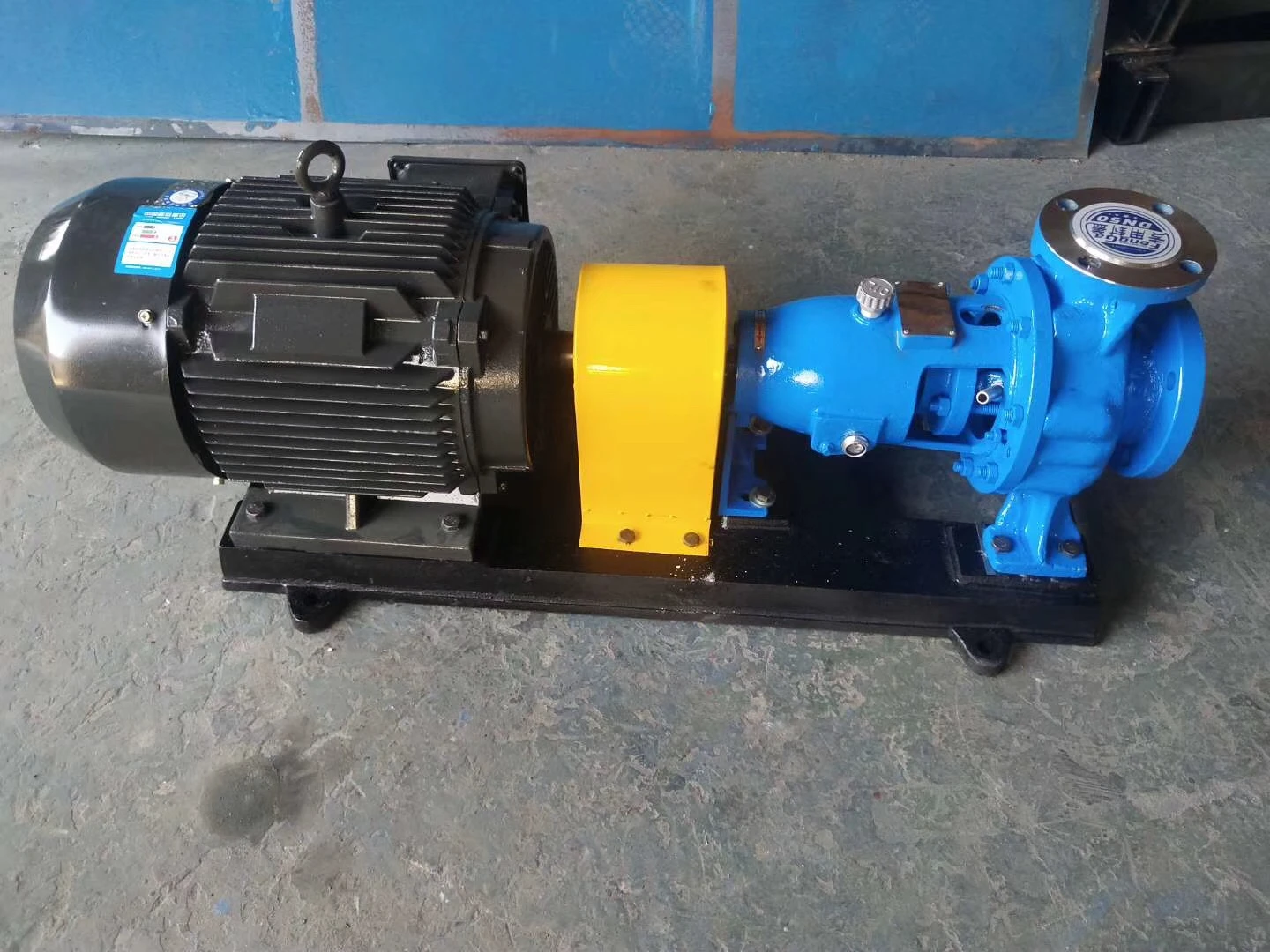Turkmen
- Afrikaans
- Albanian
- Amharic
- Arabic
- Armenian
- Azerbaijani
- Basque
- Belarusian
- Bengali
- Bosnian
- Bulgarian
- Catalan
- Cebuano
- Corsican
- Croatian
- Czech
- Danish
- Dutch
- English
- Esperanto
- Estonian
- Finnish
- French
- Frisian
- Galician
- Georgian
- German
- Greek
- Gujarati
- Haitian Creole
- hausa
- hawaiian
- Hebrew
- Hindi
- Miao
- Hungarian
- Icelandic
- igbo
- Indonesian
- irish
- Italian
- Japanese
- Javanese
- Kannada
- kazakh
- Khmer
- Rwandese
- Korean
- Kurdish
- Kyrgyz
- Lao
- Latin
- Latvian
- Lithuanian
- Luxembourgish
- Macedonian
- Malgashi
- Malay
- Malayalam
- Maltese
- Maori
- Marathi
- Mongolian
- Myanmar
- Nepali
- Norwegian
- Norwegian
- Occitan
- Pashto
- Persian
- Polish
- Portuguese
- Punjabi
- Romanian
- Russian
- Samoan
- Scottish Gaelic
- Serbian
- Sesotho
- Shona
- Sindhi
- Sinhala
- Slovak
- Slovenian
- Somali
- Spanish
- Sundanese
- Swahili
- Swedish
- Tagalog
- Tajik
- Tamil
- Tatar
- Telugu
- Thai
- Turkish
- Turkmen
- Ukrainian
- Urdu
- Uighur
- Uzbek
- Vietnamese
- Welsh
- Bantu
- Yiddish
- Yoruba
- Zulu
Telephone: +86 13120555503
Email: frank@cypump.com
Oct . 19, 2024 18:34 Back to list
designing slurry pump impellers for optimal ...
Designing Slurry Pump Impellers for Optimal Performance
In various industrial applications, especially in mining, mineral processing, and wastewater management, slurry pumps play a vital role in transporting mixtures of liquid and solid particles. The efficiency and longevity of slurry pumps significantly depend on the design of their impellers. Therefore, designing slurry pump impellers for optimal performance is a critical engineering challenge that requires a comprehensive understanding of fluid dynamics, material science, and operational conditions.
Understanding Slurry Behavior
Slurries are complex materials composed of liquids and solid particles. The behavior of these mixtures is determined by their concentration, particle size, shape, and distribution. When designing an impeller, it's essential to consider these factors, as they profoundly affect the flow characteristics and performance of the pump. For instance, particle size and shape influence the viscosity and flow regime of the slurry, which in turn can impact the wear and erosion rates on pump components.
Key Design Considerations
1. Hydraulic Design The hydraulic design of the impeller focuses on maximizing the efficiency of energy transfer from the impeller to the slurry. A well-designed impeller should create the necessary pressure and flow to move the slurry effectively through the pump. Impeller shape, number of blades, and blade angles are crucial parameters. Increasing the number of blades can enhance efficiency; however, this must be balanced with the need to minimize clogging, especially when handling slurries with a high concentration of solids.
designing slurry pump impellers for optimal ...

2. Material Selection Another critical aspect of impeller design is the selection of materials that can withstand the harsh environments typical of slurry applications. Impellers are subject to significant wear and corrosion due to the abrasive nature of solid particles. Therefore, materials must be chosen based on the specific properties of the slurry, including pH, temperature, and the chemical composition of the solids. Harder materials, such as high chromium cast iron, are often chosen for their abrasion resistance, while specific coatings can enhance corrosion resistance.
3. Flow Dynamics Understanding the flow dynamics within the pump is essential for optimal impeller design. Computational Fluid Dynamics (CFD) simulations are commonly used to model how slurry flows through the pump. These simulations allow engineers to visualize and analyze parameters such as velocity, pressure distribution, and turbulence. By optimizing these flow characteristics, engineers can improve the overall efficiency and reduce cavitation risk, which is detrimental to pump performance and lifespan.
4. Wear Resistance The impeller's design must address wear patterns that arise during operation. Slurries contribute to uneven wear, particularly at high velocities. Designing the impeller with features that promote even flow distribution can mitigate wear. Moreover, incorporating replaceable wear parts or using advanced materials can prolong the life of the impeller, reducing downtime and maintenance costs.
5. Testing and Iteration The design process does not end with theoretical calculations and simulations. Prototyping and physical testing are crucial steps to validate the performance of the impeller design. Full-scale testing allows engineers to observe real-world behavior and make necessary adjustments before mass production. Continuous feedback loops between design, testing, and refinement lead to innovative solutions that enhance pump performance.
Conclusion
Designing slurry pump impellers for optimal performance is a multifaceted challenge that integrates principles of fluid dynamics, materials science, and practical engineering. The design process must consider slurry characteristics, hydraulic efficiency, material selection, and wear resistance. By leveraging advanced modeling techniques and thorough testing, engineers can create impellers that not only improve operational efficiency but also extend the lifespan of slurry pumps. As industries continue to evolve and demand more efficient pumping solutions, the importance of innovative impeller design will only grow, paving the way for future advancements in slurry transport technologies.
-
Horizontal Split Case Pump with GPT-4 Turbo | High Efficiency
NewsAug.01,2025
-
ISG Series Pipeline Pump - Chi Yuan Pumps | High Efficiency, Durable Design
NewsAug.01,2025
-
Advanced Flue Gas Desulfurization Pump with GPT-4 Turbo | Durable & Efficient
NewsJul.31,2025
-
ISG Series Vertical Pipeline Pump - Chi Yuan Pumps | Advanced Hydraulic Design&Durable Construction
NewsJul.31,2025
-
ISG Series Vertical Pipeline Pump - Chi Yuan Pumps | Energy Efficient & Low Noise
NewsJul.31,2025
-
pipeline pump - Chi Yuan Pumps Co., LTD.|High Efficiency&Low Noise
NewsJul.31,2025










